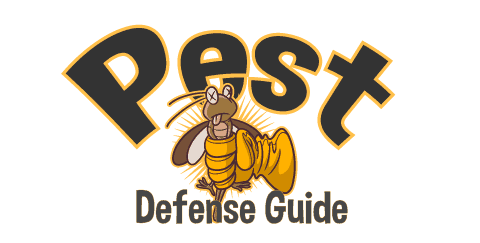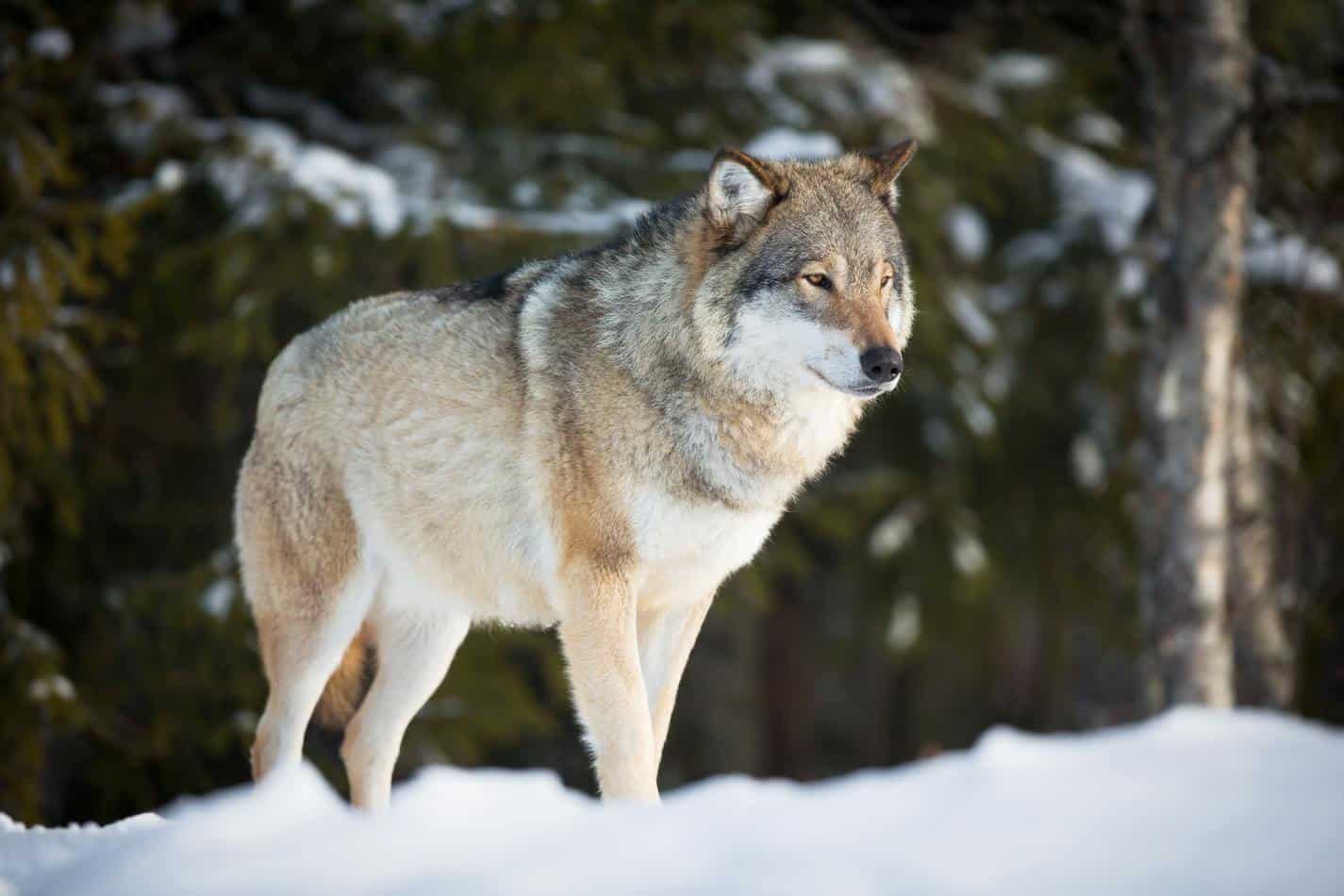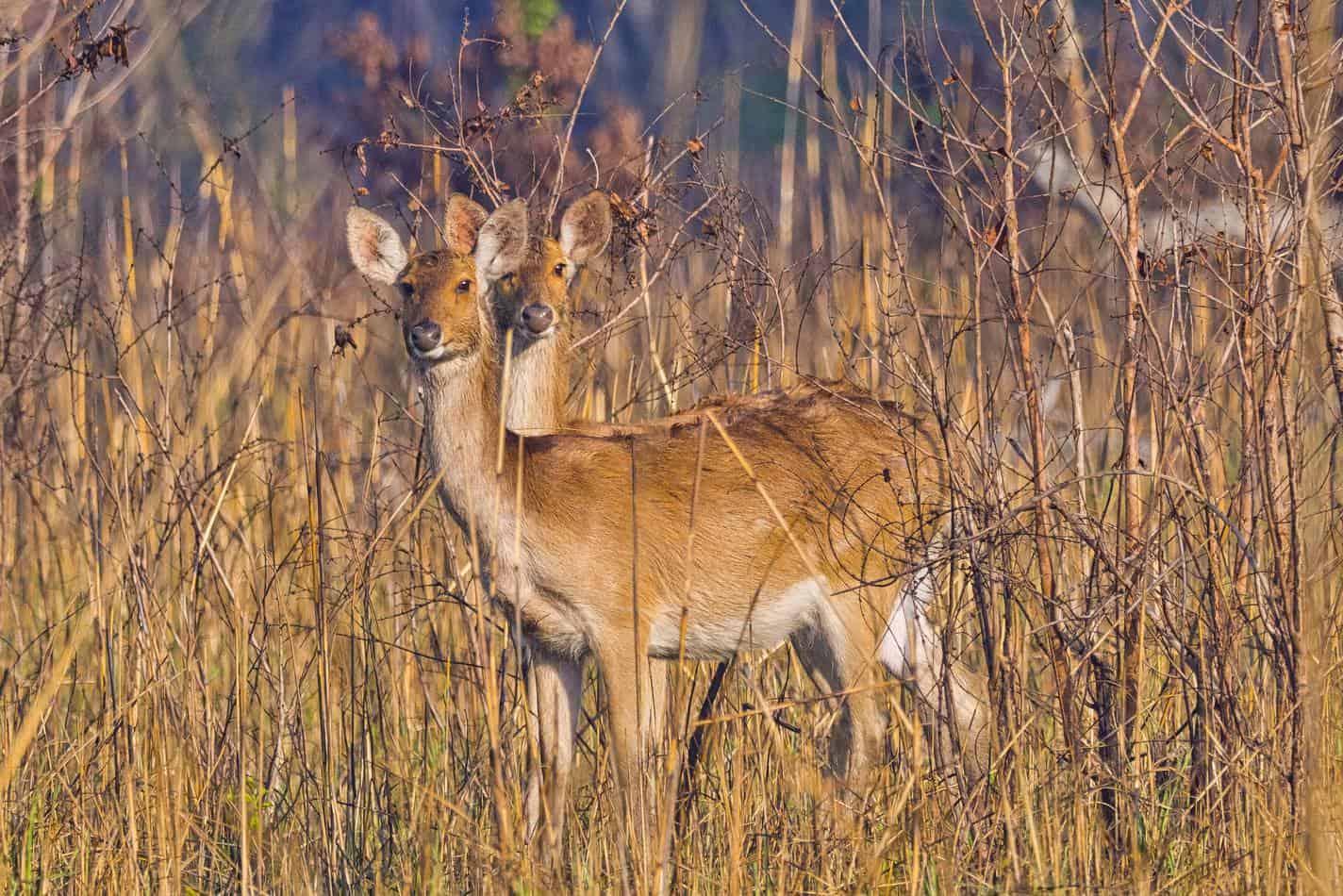Studies show that wolves prefer to hunt their natural prey in the wild if there is enough food available that way. So wolves do not actually want to be a problem for your pets or livestock. Contrary to popular images in literature, like The Three Little Pigs or Little Red Riding Hood, wolves are not villains plotting to harm you. They are just carnivores trying to get a meal and live their lives and we are intruding on their historical lands and hunting grounds.
If you can, you should support efforts to make sure there is adequate natural prey available for them to hunt. That is one of the best ways to protect your livestock and it’s the humane and sustainable thing to do.
Of course, that is somewhat of a long-term strategy and may be mostly out of your control. Plus, I’m guessing you came to this article for some things you can do right now to protect yourself. There are some fail proof methods you can employ to keep your pets and your family safe, lets get into those now.
Protecting Livestock From Wolves
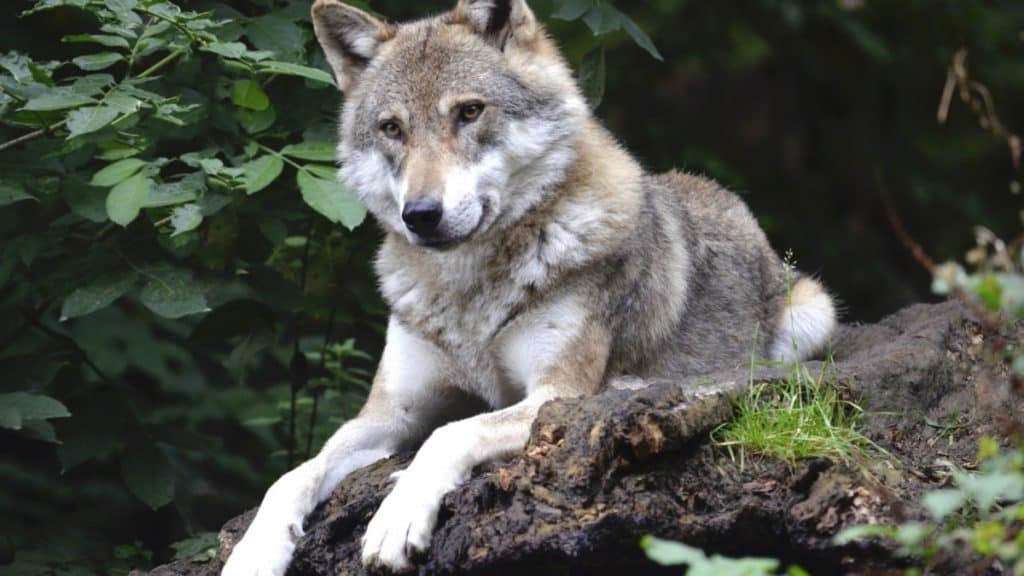
Major carnivores, including wolves, tend to cull the sick, the weak and the old from herds of animals. But there are things you can do to protect your livestock.
- Have good fencing.
- Move your herds around and provide nighttime shelter.
- Do not leave herds unattended.
- Do not feed wild animals, even accidentally.
1. Good Fencing
It’s not sufficient to have a fence. You need the right kind of fencing to actually protect your livestock. Fencing should not simply end at the ground. That makes it too easy to dig under.
So extend fencing below ground level and have it bend outward below ground. This will help ensure that fencing isn’t some joke that wolves and other predators will happily make an end run around, so to speak. Good fencing is also high and has non-harmful deterrents to climbing over it built into the design. A short fence isn’t much of a deterrent. Plan on installing fencing that is at least 8 feet high.
Barbed-wire topped fencing was once popular. This is no longer a recommended method because it can harm animals, both the ones in your care and wild animals. It can also harm people. A more humane method is to top the fence with a coyote barrel. This is a freestanding cylinder that will role animals (or people) off if they try to climb over. It will spin and they won’t be able to get traction to get over.
2. Moving and Sheltering Herds
One of the worst thing you can do is leave your livestock on their own to graze. This is especially true for small groups.
Moving herds helps protect them from predators. Moving them either indoors or to a pen at night also helps protect them and helps make it a habit to move them.
If you move them indoors or pen them at night and then move them back out to a grazing field in the morning, you are moving them twice daily anyway. It’s only a slight effort to move them to a different field in the morning than where they were yesterday.
3. Provide Supervision
At a minimum, provide a guard dog so the herd has supervision and protection at all times. Failure to provide a host of protections makes it 78 percent more likely that herds will suffer predation.
Crunch a few numbers and you will see that a dog is a small price to pay to reduce losses. It may be one of the best investments you ever make.
4. Do Not Feed Wild Animals
Some people think that feeding wild animals is a kindness. It isn’t. It makes them dependent on humans and also causes habituation. Habituation makes them more likely to be a problem for humans.
But you have to do more than just not intentionally hand out beef jerky to the local wolves. Most people realize that’s a bad idea while missing myriad other ways that humans provide food to wild animals.
Overfilling bird feeders so you only have to do it once a week can be an attractive nuisance for other animals. Leaving unharvested produce in the fields to rot can be a surprise feast for local animals that will have them coming back for more later.
Here are just a few things you can do to not “accidentally” feed the local wildlife:
- Refill bird feeders every day or two with small amounts of seed.
- Secure garbage cans.
- Do not put edibles in the compost heap, especially eggs and meat.
- Dispose of carcasses properly.
- Gather up fallen fruit in orchards. Don’t leave it to rot on the ground.
Protecting Pets From Wolves
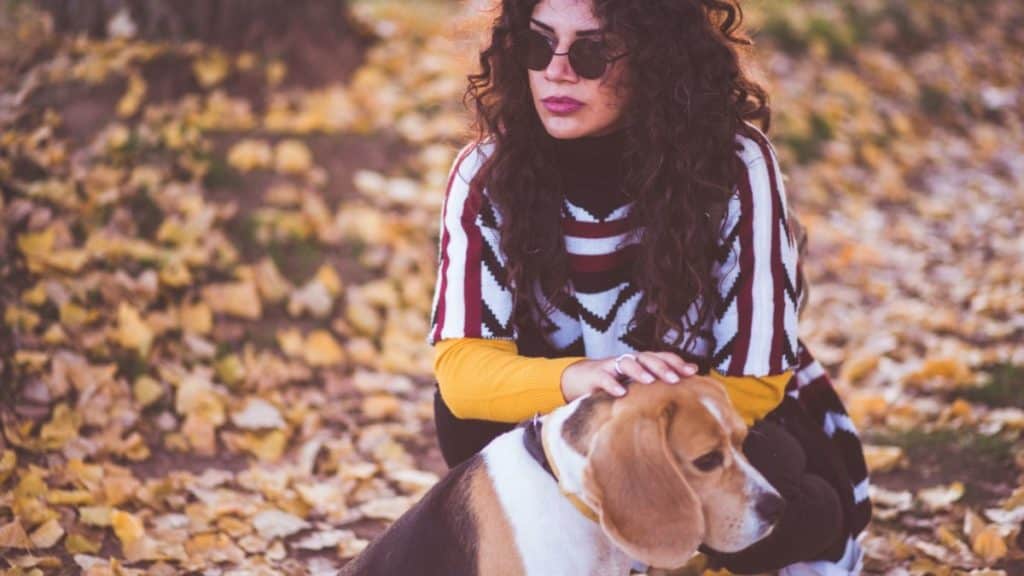
Wolves do not generally attack humans, but they do sometimes attack pets. Most pets are not in danger from wolves. It’s mostly dogs that are in higher danger from wolves.
In one-on-one situations, it may not be especially dangerous to the dog. If a lone dog runs into a lone wolf, they may engage in play behavior or ignore each other. However, the same does not apply when dealing with packs. If a lone dog runs into a wolf pack, the dog is very likely to be attacked.
Additionally, you should neuter your pets. An unneutered female can attract wolves. An unneutered male may have the urge to wander and may be attracted to a female wolf. While this does not typically pose an immediate threat to the dog, it is problematic because dog-wolf hybrids often don’t make good pets and also dilute the wild wolf population. Unfortunately, there is no great place in the world for these animals at the moment, which often leaves them to be abandoned or put down.
Keep in mind that wolves and dogs are very closely related. They are actually the same species. Both are categorized as canis lupus, which is why they can readily interbreed.
These are all great reasons to keep your dog away from wolves if possible. Many of the same general principles that apply to livestock also apply to dogs and other pets. For example:
- Feed pats indoors and keep their feed secured.
- Make sure trash containers are secured.
- Do not otherwise inadvertently feed the wildlife.
- Bring pets indoors at night if possible.
- Have good fencing that cannot be easily gotten around (over or under).
- Make sure you have a good leash to control your dog if out on a walk and they happen to pick up the scent of wolves nearby so that they can’t run off.
Avoid “Vacation Mindset” With Pets
One complication with dogs is that people often want to take them with them when they go hiking, camping or hunting. While hiking and camping, people tend to be in a “vacation” mindset.
With being away from civilization and other people and enjoying the great outdoors, people tend to want to relax their constraints across the board, which is very understandable. Unfortunately, this can be a recipe for disaster when you have your dog with you.
If anything, you need to be even more careful about handling trash and protecting your dog while you are camping in an wilderness area. You are now visiting the turf of wild animals and are more likely to run into wolves, foxes, coyotes and even bears.
When your dog runs into trouble, it will be likely to run back to you. This can bring wolves or dangerous predators to you that would have never sought you out on their own.
When you go camping:
- “Pack it in, pack it out.” This goes double for trash.
- Have your dog sleep inside of the tent or camper, if possible.
- Keep food secured. Be even more conscientious about this than at home, not less.
- Carry bear spray. It may save the life of your dog.
- Do not allow pets to roam free.
- Educate yourself about animal tracks and other signs of nearby predator activity.
Protect Yourself Also
While its obviously great to keep your animals safe, you also have to consider your own safety. There are a few ways you can stay prepared and ensure that you’re ready for the off chance you run into a wolf. However, I have to say, if you are reading this article, I’m guessing you must be living in close proximity to wolves.
Try Hazing to Keep Wolves Away
Many of the suggestions listed above are intended to be preventive measures. They are intended to try to avoid having problematic interactions with wolves and other wild animals to begin with.
But what do you do if you run into wolves anyway? The answer to that is called hazing. This is a non-lethal means to try to scare the animal off. It involves making yourself appear large and intimidating to wild animals and making a lot of noise. At a minimum, you can wave your arms to help make yourself seem bigger and yell. But you may also want to keep noisemakers on hand to help you be loud and scary without harming any wolves or other wild animals.
You may want to keep bells, air horns or whistles on hand. You can also get creative and crank up the volume on your car radio, playing your favorite rap station or similar.
Never Run From A Predator
If you run from a predator, it will incite their chase response. Turning your back and running is one of the worst things you can do. Always face them. Back away slowly if you feel you are in danger. It may help to move away at a 45 degree angle. In other words, move away diagonally. This is one method for getting away without inciting their chase instinct.
